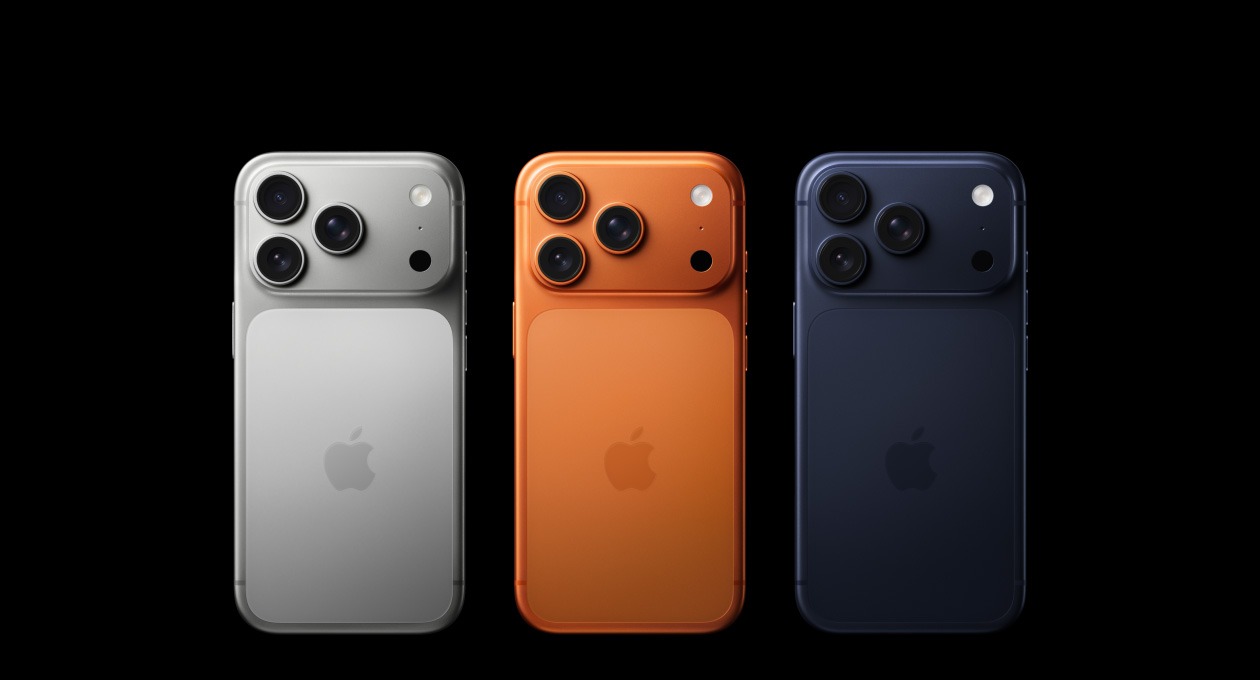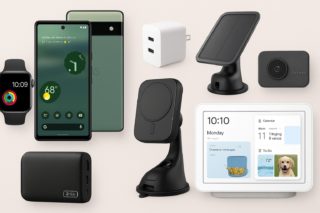Your iPhone addiction just helped Apple make history. The company closed above $4 trillion in market value for the first time on October 13, 2025, joining Nvidia ($4.7 trillion) and Microsoft ($3.95 trillion) in tech’s most exclusive club. But this isn’t just another milestone for Wall Street—it’s proof that Apple’s ecosystem still has you locked in tighter than a Taylor Swift concert presale.
iPhone 17 sales demolished expectations with a 14% surge over the iPhone 16 launch in both the U.S. and China, according to Counterpoint Research. China doubled down on the base model while U.S. carriers pushed the Pro Max with subsidies that make luxury feel affordable. Apple responded by cranking production 25% higher for the standard iPhone 17 and a whopping 60% for the Pro Max. That’s not cautious optimism—that’s betting the house on sustained demand.
Services revenue crossed $100 billion annually for the first time, transforming Apple from a hardware company into something more resilient. Your App Store purchases, iCloud subscriptions, and Apple Music streams now represent 29.16% of total revenue, while iPhones contribute 47.41%. This diversification means fewer sleepless nights for investors when the next iPhone cycle inevitably slows down. More than one quarter of Apple’s total sales now come from recurring revenue streams with gross margins exceeding 70%.
Wall Street ate it up despite the elevated price-to-earnings ratio of 42. “Buying this device is a no-brainer,” said Counterpoint Research’s Mengmeng Zhang, capturing consumer sentiment that analysts love to see. Share buybacks of $29 billion in the September 2024 quarter helped juice the numbers, but the underlying growth story remains solid. Forecasted earnings growth could normalize the P/E into the high twenties within two years.
What does this mean for your next upgrade? Competition just got fiercer as Samsung and others chase Apple’s premium playbook. But with over 1.5 billion active iPhones worldwide and 95% customer satisfaction, Apple’s moat keeps widening. The AI-enabled features driving global demand suggest this sales cycle could extend into 2026. Your wallet might hurt, but that ecosystem lock-in ensures you’re probably staying put—exactly how Apple designed it.




























